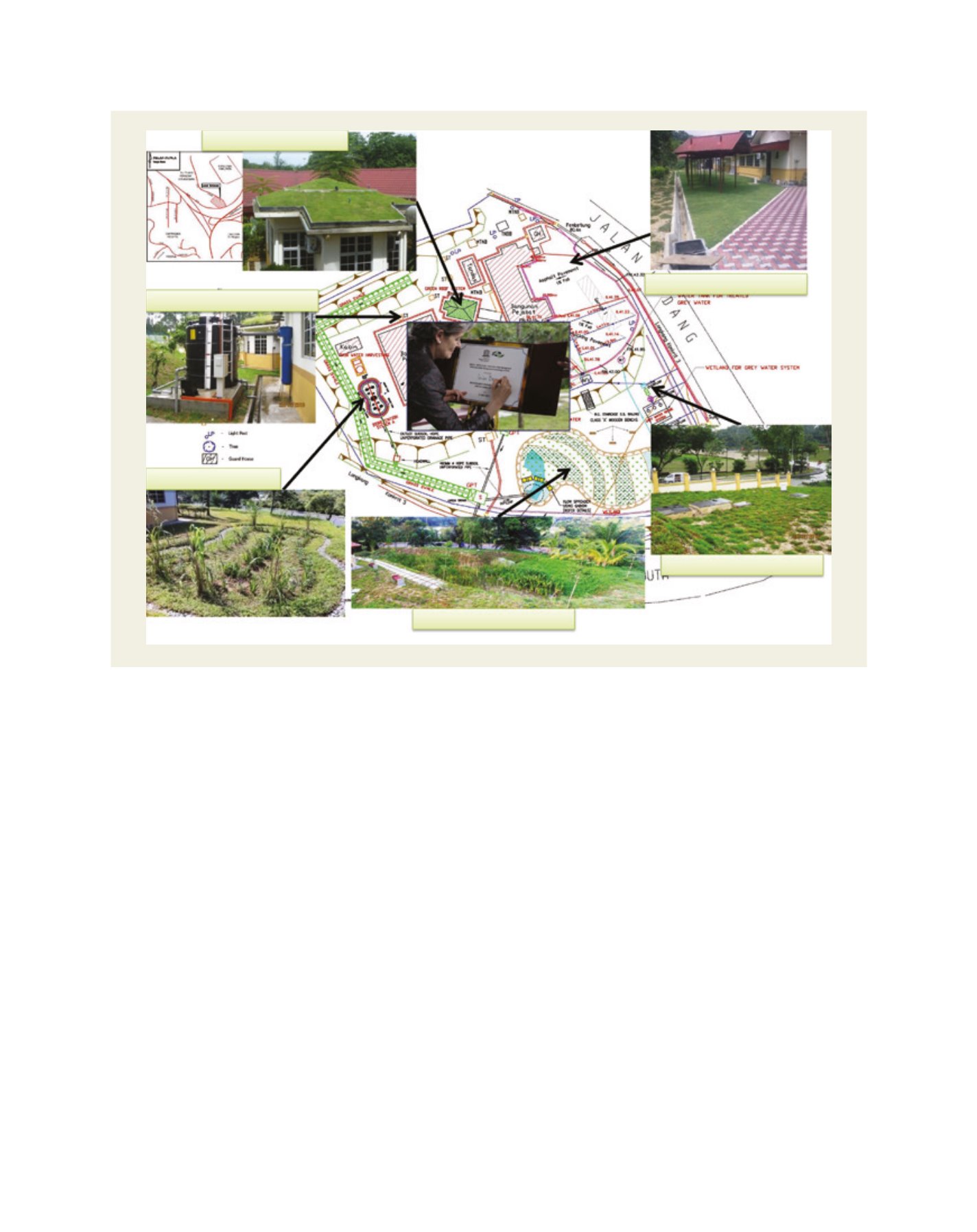

[
] 38
access
to
water
and
sanitation
for
all
In line with its UNESCO-WC2 functions, HTC KL has
created a platform for scientific collaboration and the
exchange of technical, scientific and policy information
between Asian and African Category 2 Water Centres. This
has been achieved with the Malaysia Fund-in Trust (MFiT),
together with partners from UNESCO Jakarta office, the
Asia Pacific Centre for Ecohydrology, Indonesia (APCE),
Regional Centre for Integrated River Basin Management,
Nigeria (RC-IRBM), and local universities. This collabo-
ration has resulted in the project: Comparative Studies of
Applying Ecohydrology and Integrated Water Resources
Management (IWRM) for Upscaling Water Security in Asia
and Africa. This focuses on developing modular curricula for
water education and strategies in water management through
various activities, and applying ecohydrology, IWRM and
science education for sustainable development.
The availability of water education as identified in SDG 6
and UNESCO IHP VIII: Water Security – Addressing Local,
Regional and Global Challenges, is one of the areas that
will benefit through strategic collaboration and network-
ing. As stated by the Malaysian education minister, Datuk
Seri Mahdzir Khalid during his speech in London in 2017:
“Malaysia, as a UNESCO executive board member, is
committed in achieving the Sustainable Development Goals
of the United Nations in its 2030 agenda which calls for all
children to have access to quality education…” SDGs will
then also form the link between the country’s blueprint for
education and the 2050 National Transformation (TN50).
2
Also, as one of the functions of the MIHP is to promote
sustainable development through integrated water resources
management, the MIHP and DID have instated two annual
events: a national World Water Day and a UNESCO Day.
2017 marks another successful DID commitment through
the MIHP, in which the ASEAN Working Group on Water
Resources Management (AGWRM) meeting was held to
provide a platform for promoting cooperation between
ASEAN members and to facilitate involvement in the IWRM
Programme, in which the exchange of technological knowl-
edge and planning for capacity building has increased
awareness among targeted stakeholders of ASEAN members.
Through local networks and the enhancement of inter-
national cooperation, DID will be able to train, develop
and equip stakeholders, particularly those in government,
to manage water resources in their entirety as directed by
the Malaysia National Water Resources Policy (MNWRP).
There is also a crucial need to enhance the knowledge and
application of water resources management, where invest-
ments must be made to encourage continuous research,
development and innovation, as well as forge partnerships
with institutions of higher education, research based institu-
Illustration showing the diversity of the MSMA-Integrated Stormwater Management Ecohydrology showcase project at HTC KL compound
Image: DID, Malaysia
Green roof
Porous pavement
Rainwater harvesting
Bioretention system
Constructed wetland
Greywater reuse system
















